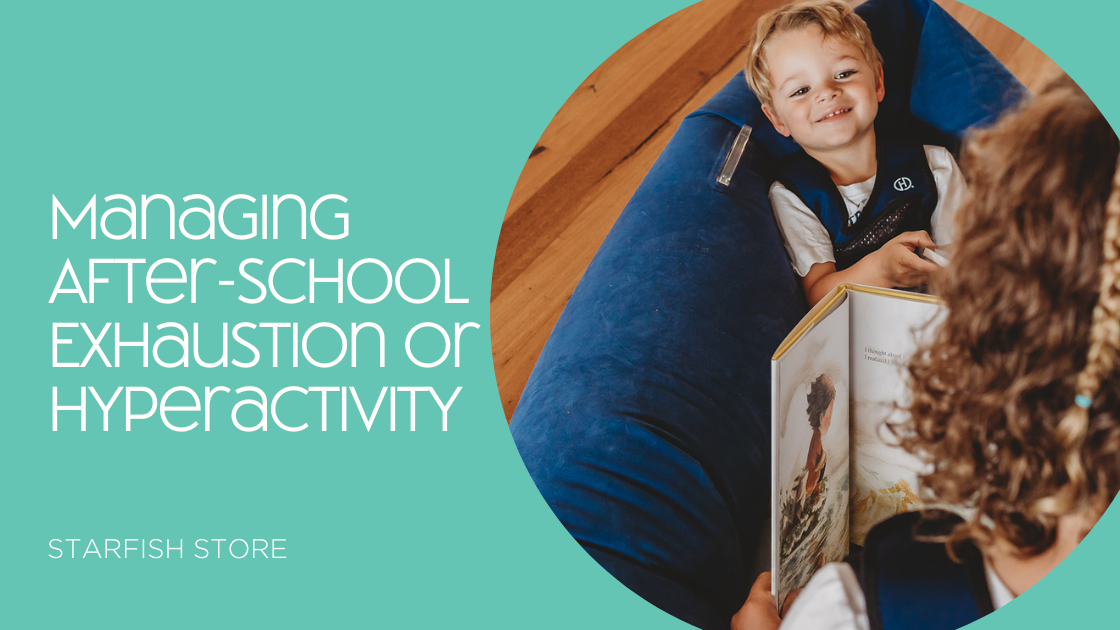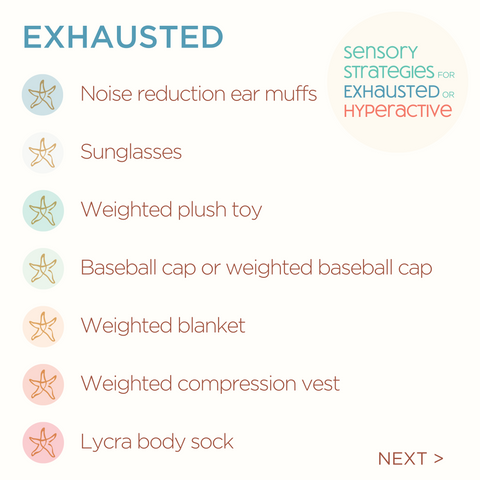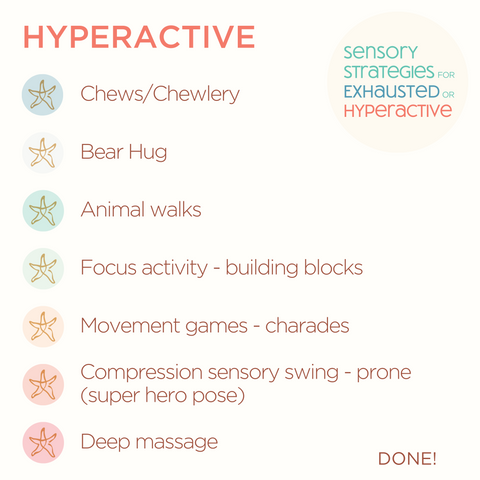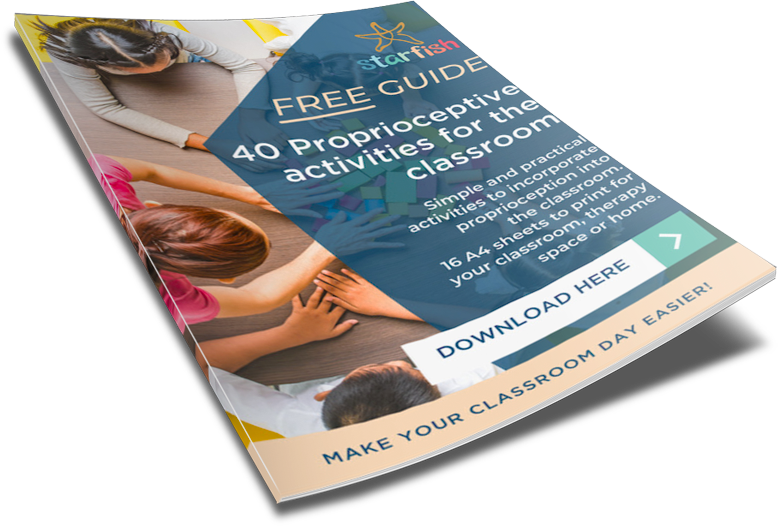Your Cart is Empty
The GOLDEN TICKET is BACK! Shop with Starfish for your chance at $500 💰

Following school pickup, many children experience the challenge of extreme exhaustion OR intense hyperactivity - especially at the start of the year or each new term (or even week).
If parents are able to support their child with effective strategies, the disregulation is more likley to avoid hitting meltdown point.
There are a number of strategies that can play a valuable role in helping children regulate their emotions and bodies. Hydrating effectively, implementing breath control techniques, following routines and incorporating sensory strategies - each can contribute in a positive way.
We delve into some practical tactics that you can implement to ease the transition from school to home and help your child find balance and calmness after a long day of learning, sensory input and social interactions.

For those who are exhausted, ensure the water bottle gives easy access. We don’t want to create any extra “work” over and above what is necessary. For example, drink straight from a cup or use a wide diameter straw or use a squeeze bottle (so the action of sucking, sipping or drinking is minimal effort).
For those who are overly hyperactive, try a water bottle thatdoesrequire extra “work”. For example, a narrow straw or a “curly” straw (as they require extra oral work).
For those who are emotionally or physically exhausted, maintaining a gentle predictable low-demand routine removes any extra anxiety or fear around “what am I doing now?” or “what am I doing next?”.
For those who are hyperactive, maintaining a predictable routine creates a sense of calm and doesn't add any extra fuel to their fire.
Deep belly breaths (in through the nose for a count of 4 and gently out through the mouth (visual blowing up a balloon) supports both the hyperactive and the exhausted child. Discuss with your child a visualisation that they find helpful.
Sensory strategies play a crucial role in helping children regulate their emotions and energy levels after a busy day at school. The strategies you might use if your child is exhausted will likely be different to the strategies you would use if your child is hyperactive. Some strategies might be offered in both contexts, but the timing could be different. For example, for a hyperactive child, the Pea Pod would be offered after plenty of vestibular movement and heavy work.
From noise reduction ear muffs to trampolines, sunglasses to crash mats, each tool offers a unique way to either calm or stimulate the sensory systems.




Kirstie Wishart M.Ed (Special Education).
Owner and founder of The Starfish Store. Kirstie’s professional life has included: teaching (in both public and private schools in Australia, New Zealand and Thailand), lecturer and subject coordinator at the University of Wollongong, Educational consultant (working with children and young people with a trauma background), OoHC Case Work Manager, and Specialist Tutor (working with children and young people with significant learning difficulties and/or disabilities).

40 Proprioceptive activities for the classroom. Simple and practical activities to incorporate Proprioceptive into the classroom. 16 A4 sheets to print for your classroom, therapy space or home.